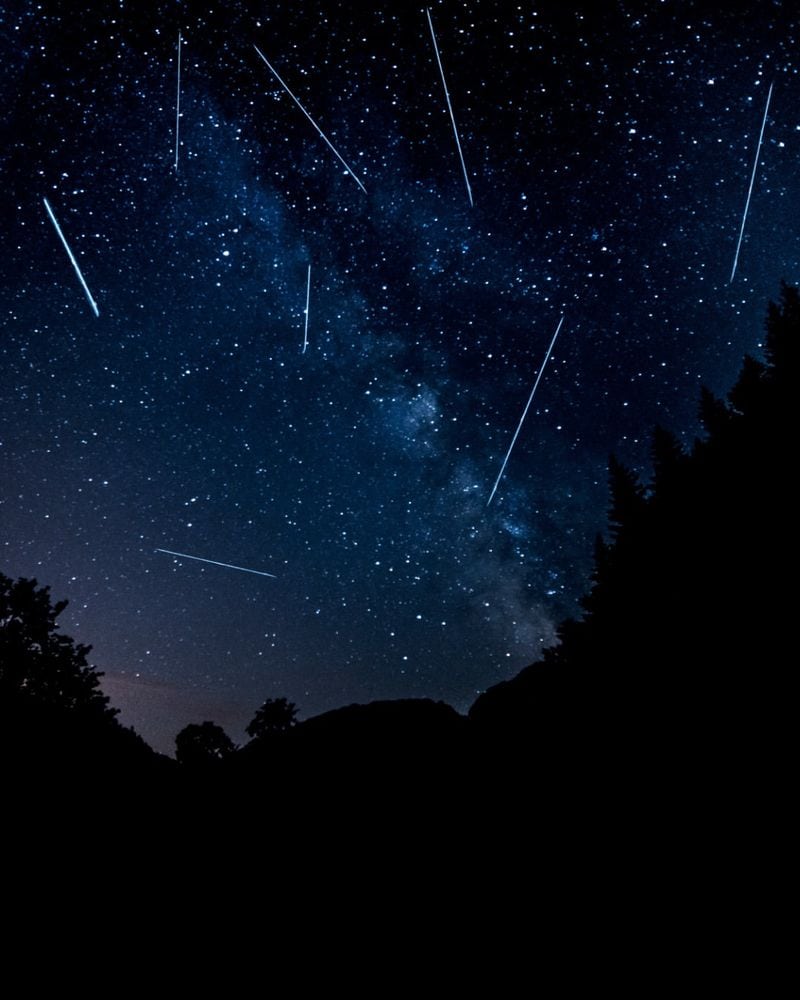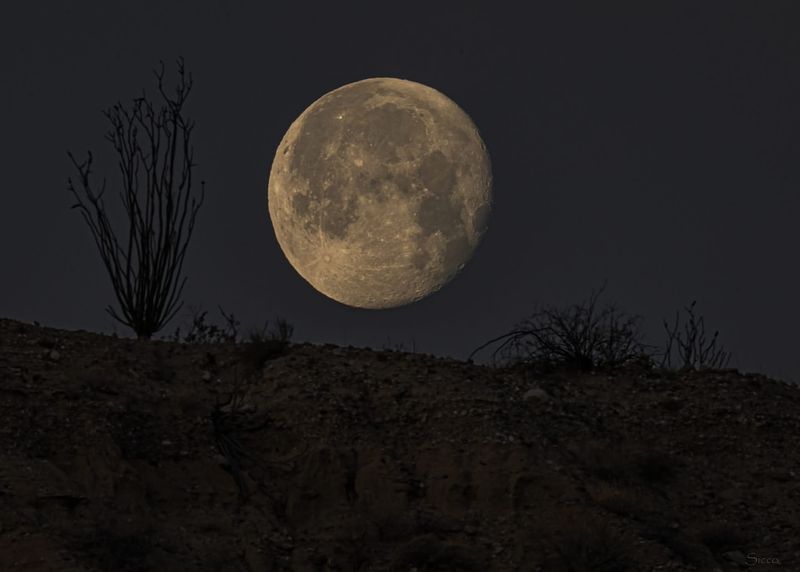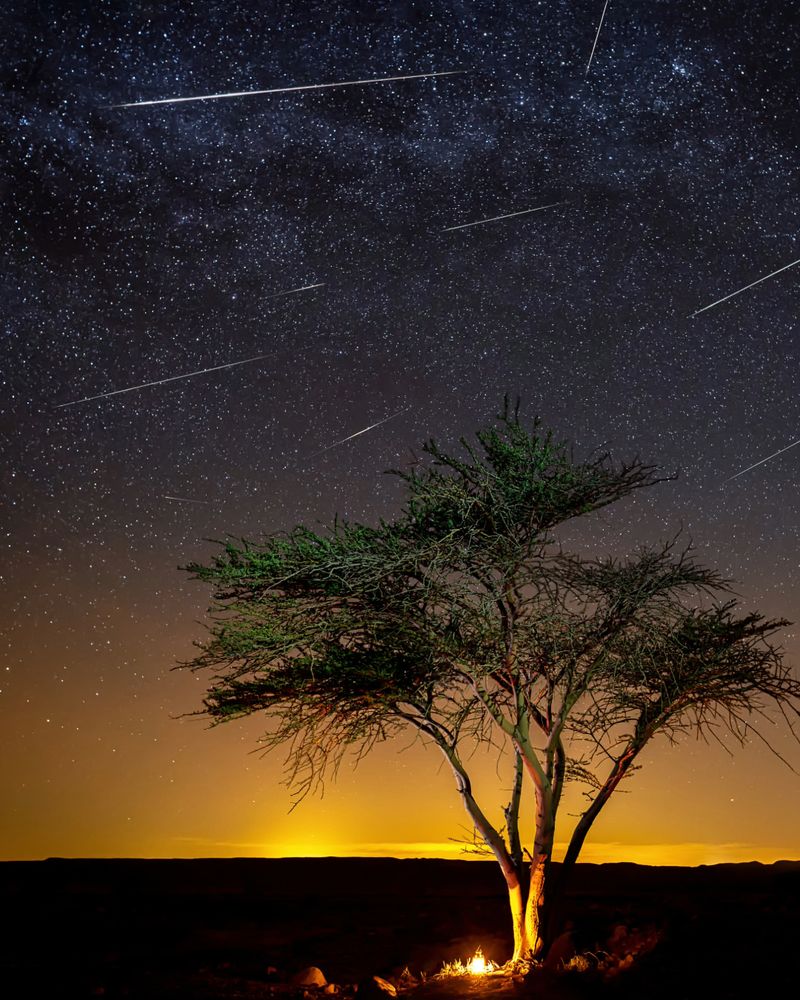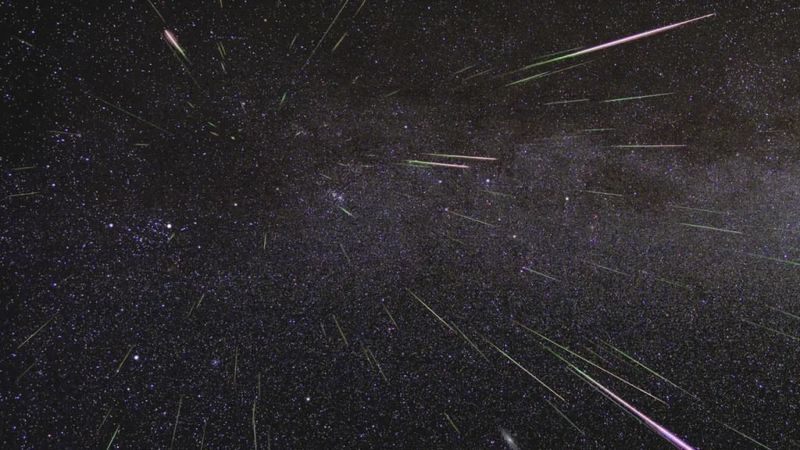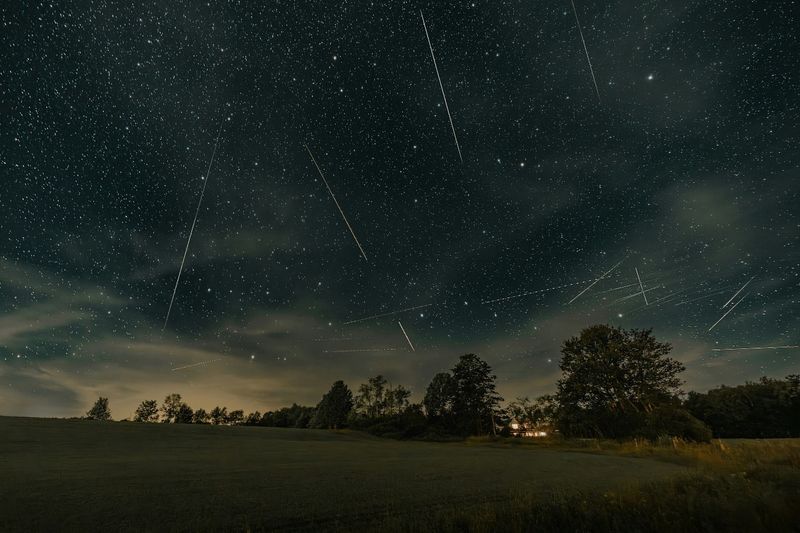Look up at the night sky this August for one of nature’s most spectacular light shows! The Perseid meteor shower will reach its peak on August 12-13, sending bright streaks across the sky as Earth passes through debris from Comet Swift-Tuttle.
While the bright Sturgeon Moon might make viewing challenging this year, with some planning you can still catch these celestial fireworks that have amazed stargazers for centuries.
1. Celestial Fireworks Display
The Perseids rank among the most brilliant meteor showers of the year, capable of producing up to 100 meteors per hour during peak activity.
These meteors are actually tiny fragments from Comet 109P/Swift-Tuttle burning up in our atmosphere at speeds of 37 miles per second!
What makes them special? Their fireballs—larger explosions of light and color—can persist longer than average meteor streaks. Many Perseids leave glowing trails that linger for several seconds.
Ancient cultures believed these shooting stars represented celestial beings or messages from gods. Today we understand their scientific origin, but the wonder they inspire remains unchanged.
2. Moonlight Challenge
Stargazers face a significant hurdle this year as the Sturgeon Moon will be approximately 84% illuminated during the peak night. Rising around 10:00 p.m. local time, its brightness will wash out all but the most spectacular meteors.
Moonlight scatters in our atmosphere, creating a sky glow that reduces contrast and visibility of fainter objects. Think of it like trying to see a flashlight beam in broad daylight versus complete darkness.
Despite this challenge, don’t cancel your meteor-watching plans! The brightest Perseids can still punch through the moonlight, appearing as stunning fireballs that briefly outshine even the moon’s glow.
3. Prime Viewing Strategy
Want to maximize your meteor-spotting success? Early evening hours before moonrise offer your best chance at darker skies. Find a comfortable spot facing east, where Perseus rises, though meteors can appear anywhere overhead.
Patience is crucial—plan to spend at least an hour outside. Your eyes need 20-30 minutes to fully adapt to darkness, gradually revealing more meteors as your night vision improves. Can’t make it on peak night? Good news!
The shower remains active until August 23, with gradually improving conditions as the moon wanes after the 16th. Sometimes the nights just before or after peak can offer surprisingly good displays with fewer observers competing for viewing spots.
4. Location Matters
The difference between urban and rural viewing can be dramatic! City dwellers might spot only a handful of the brightest meteors, while those in truly dark locations could see dozens per hour. Light pollution doesn’t just dim meteors—it erases them from view entirely.
Seek locations at least 30 miles from major cities. National parks, state forests, and designated dark-sky preserves offer ideal conditions.
Mountains and beaches often provide excellent vantage points with unobstructed horizons. Bringing friends? Make it a meteor party!
Share the experience with others, but keep artificial lights to an absolute minimum—red flashlights only, please, to preserve everyone’s night vision.
5. Comfort and Safety Essentials
Meteor watching requires looking up for extended periods, so comfort becomes crucial! Bring reclining chairs or blankets to avoid neck strain.
Pack layers—even summer nights can turn surprisingly chilly during predawn hours when meteor activity typically peaks. Don’t forget practical essentials: insect repellent, water, snacks, and perhaps a thermos of hot coffee or cocoa.
In some regions like Arizona, extreme heat warnings coincide with the shower, with temperatures reaching 113°F during the day.
A red-light flashlight preserves night vision while allowing you to navigate safely. Smartphone apps can help identify constellations, but use screen filters to reduce brightness that would otherwise ruin your carefully cultivated night vision.


